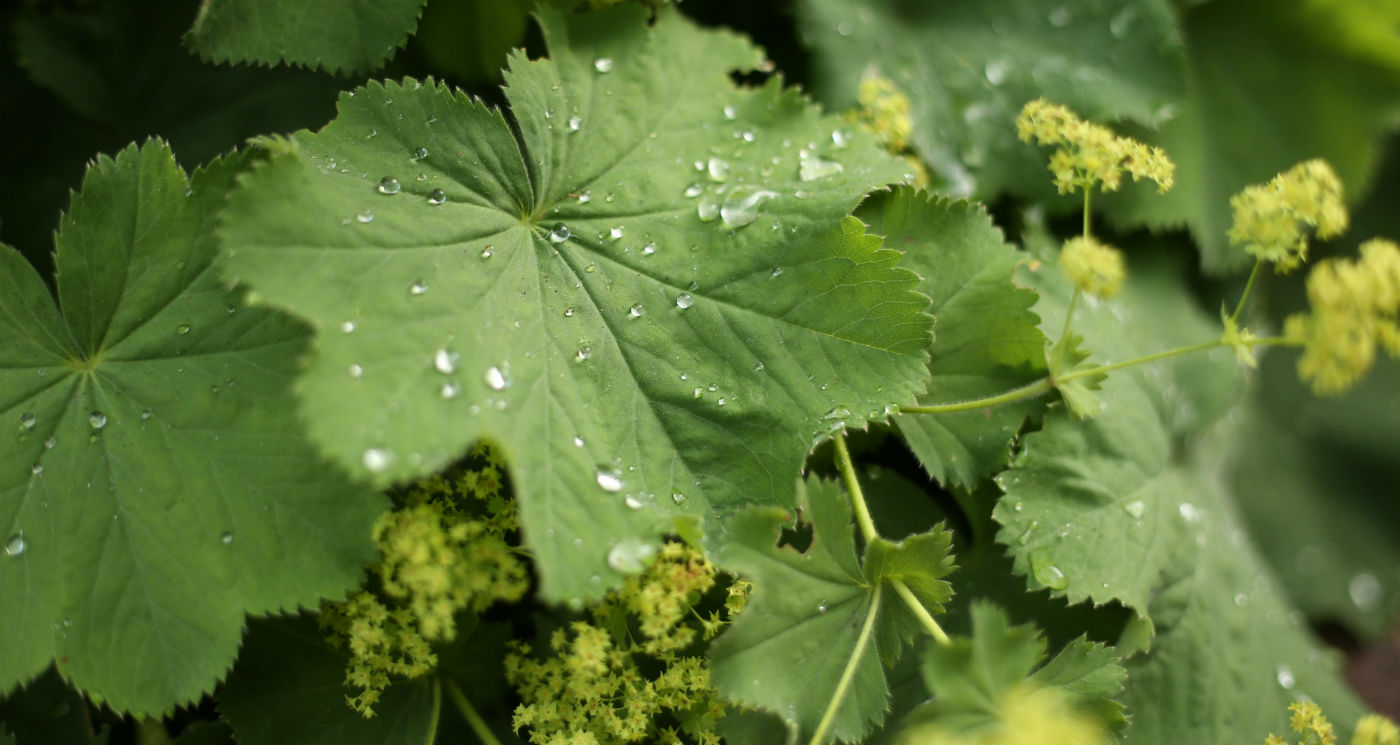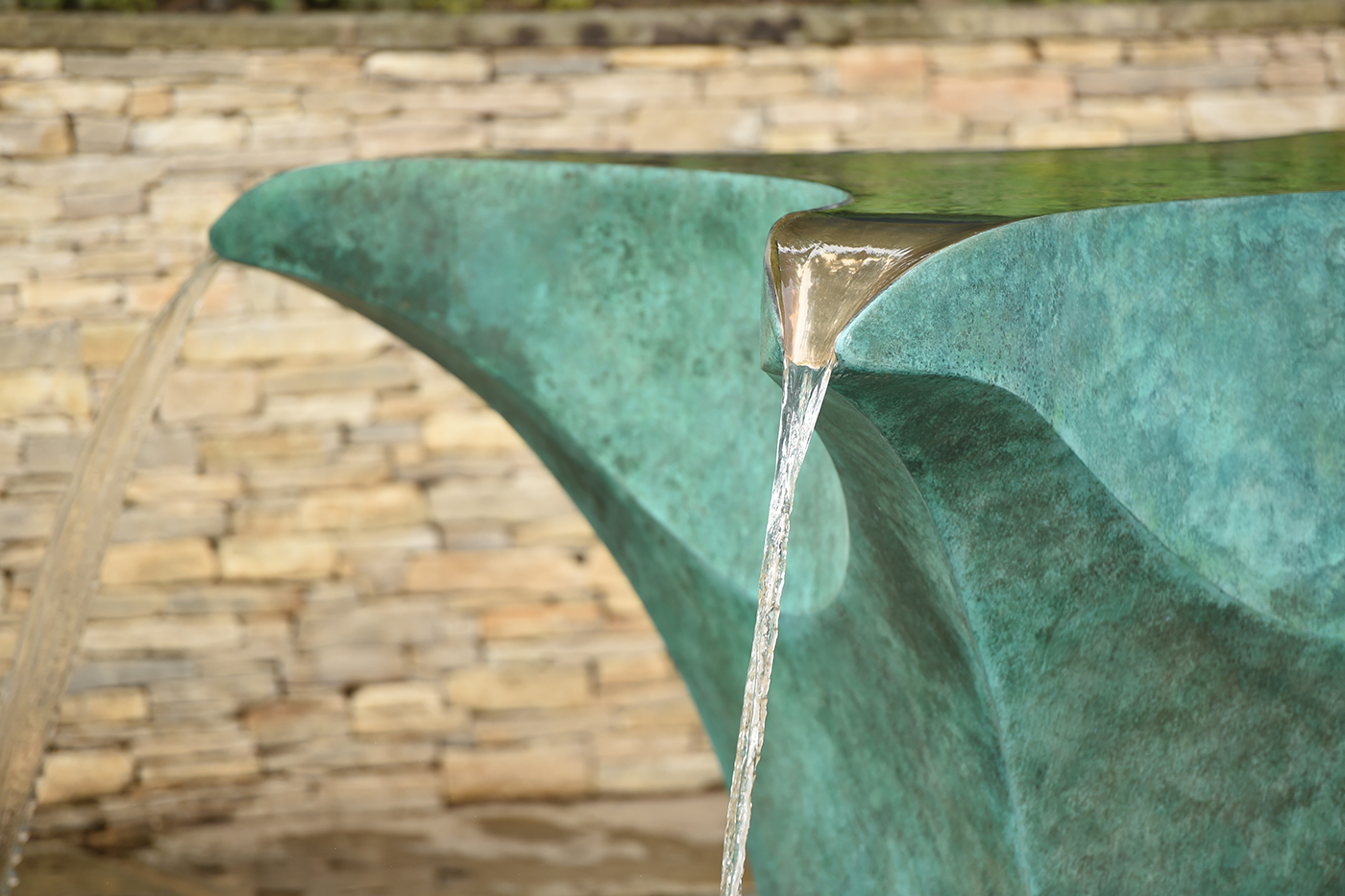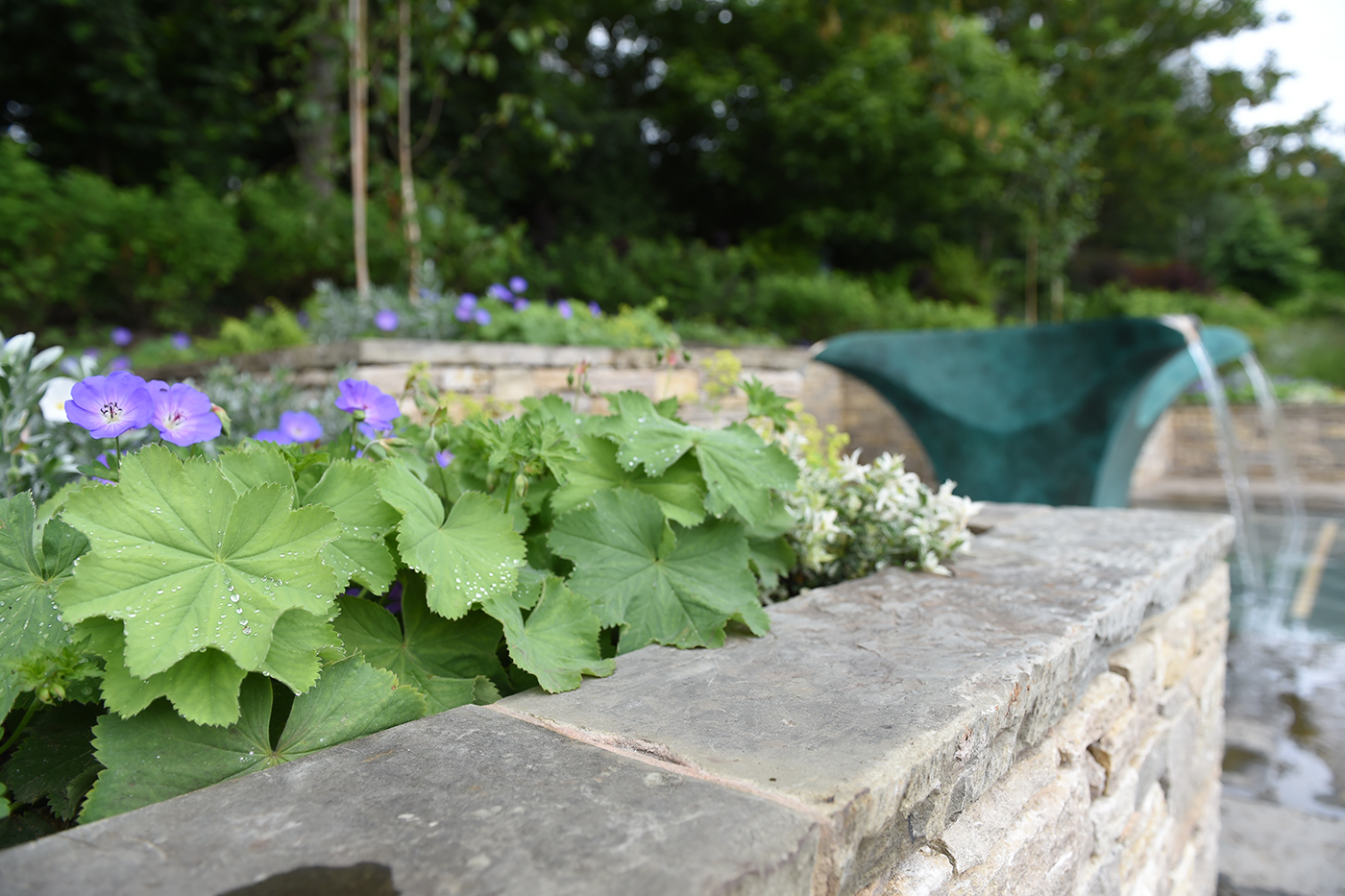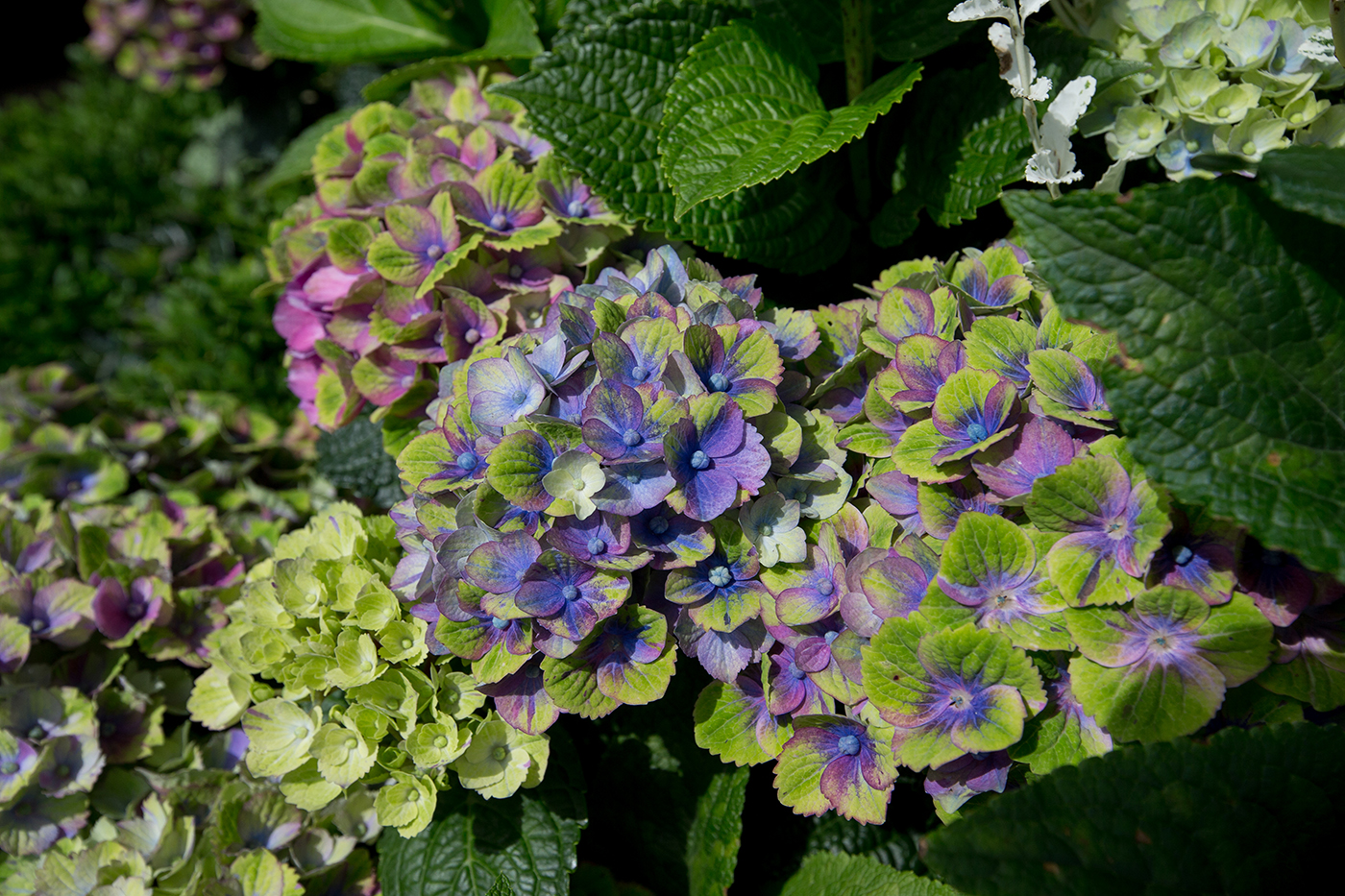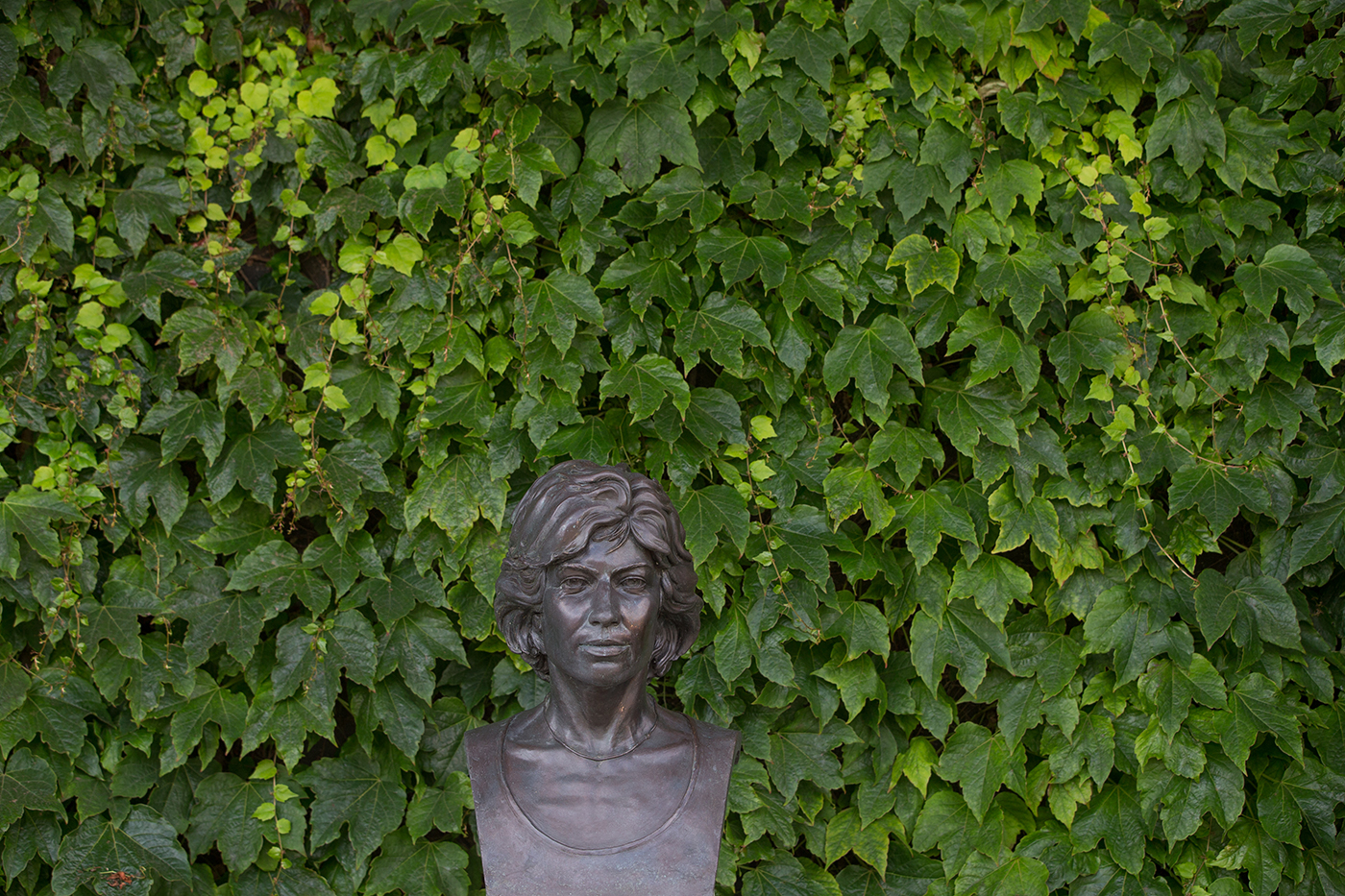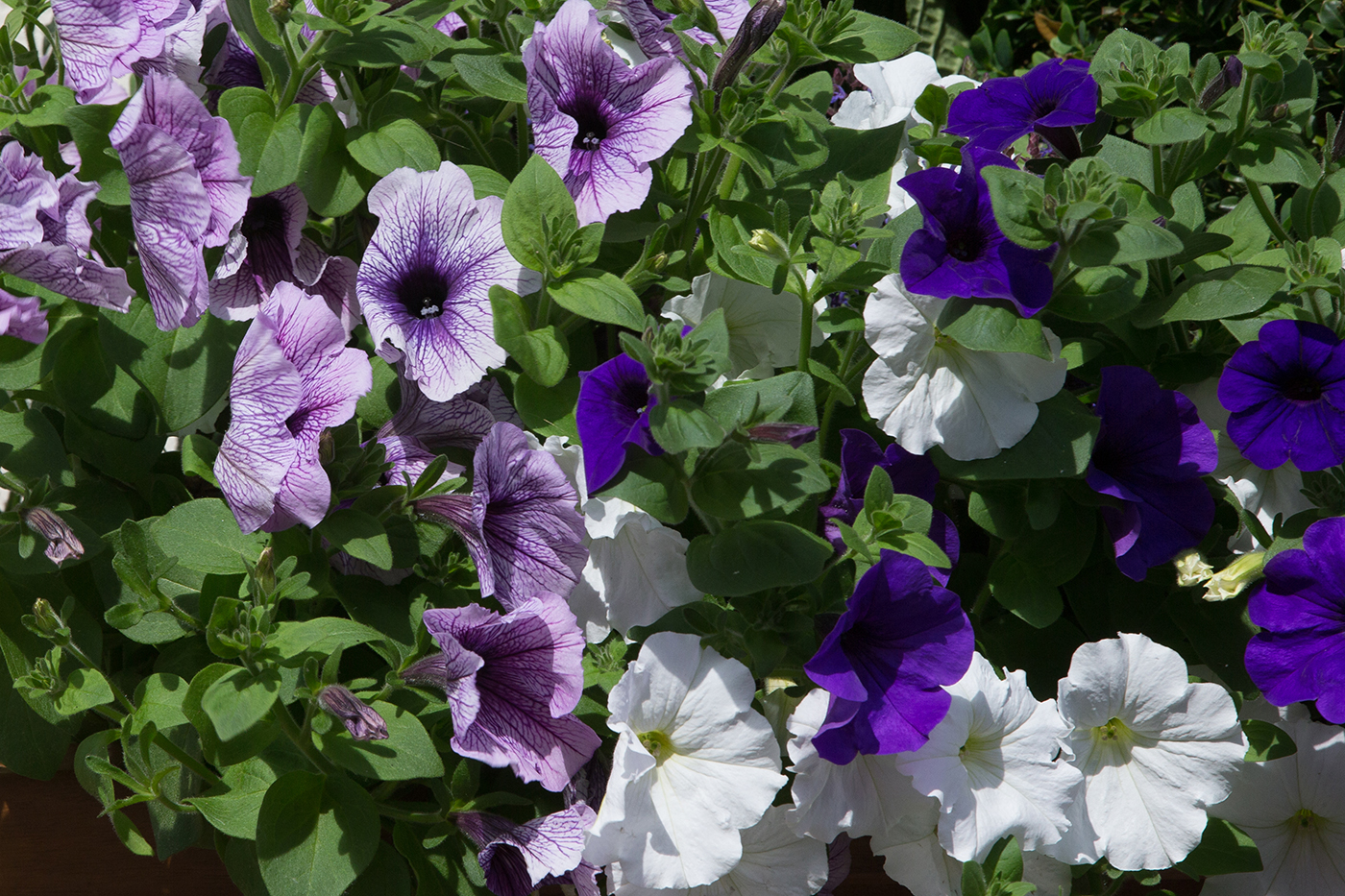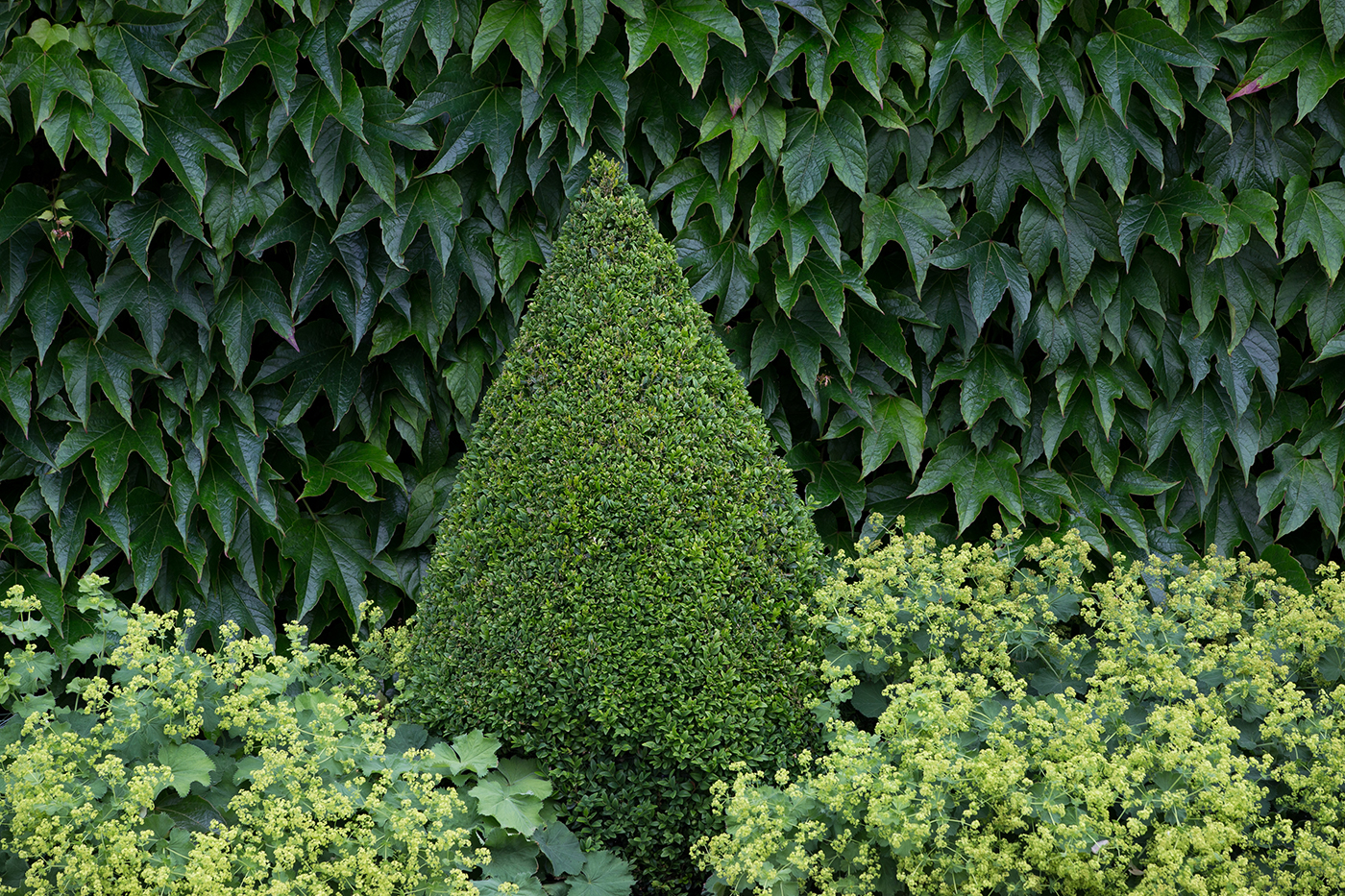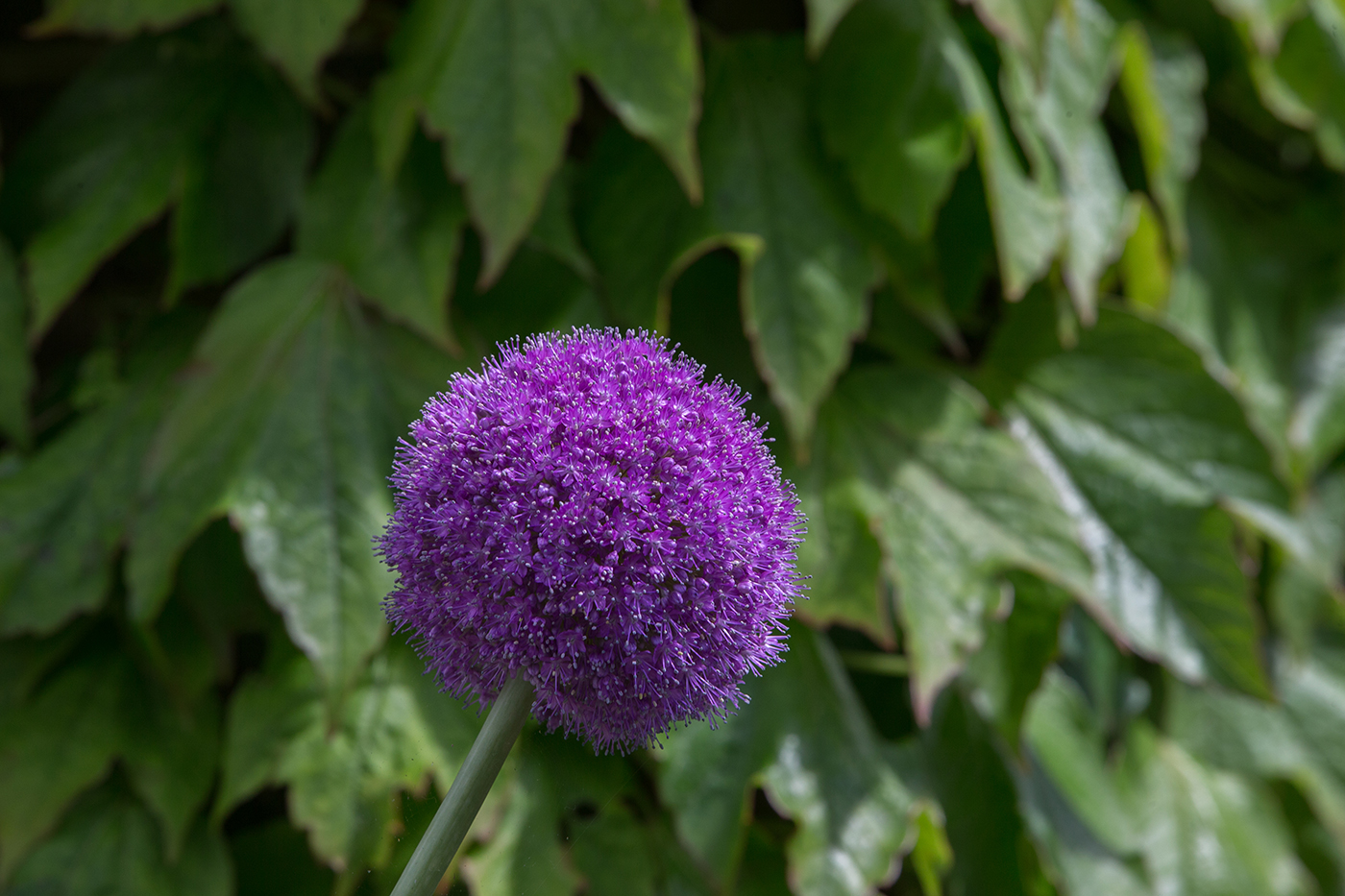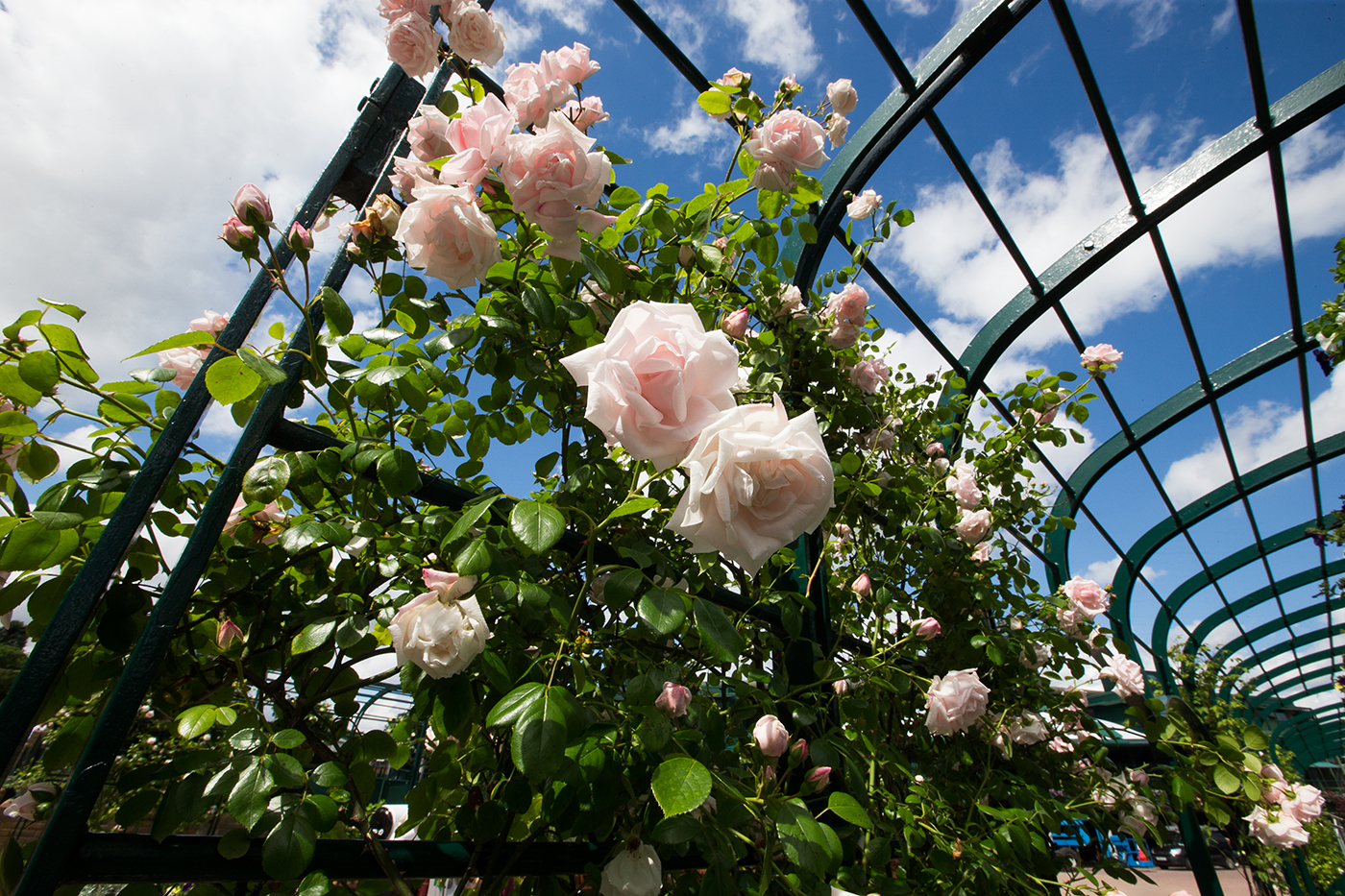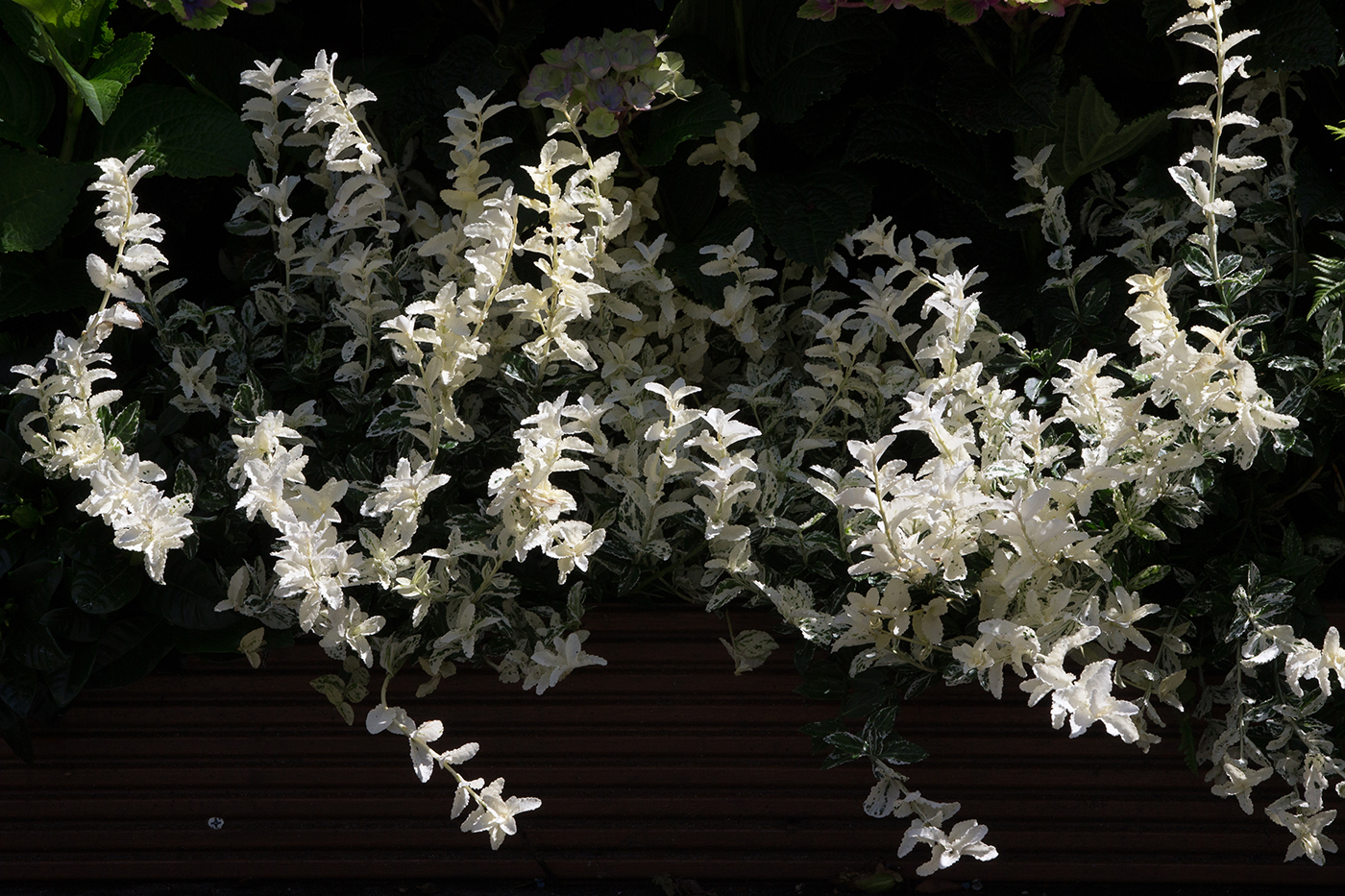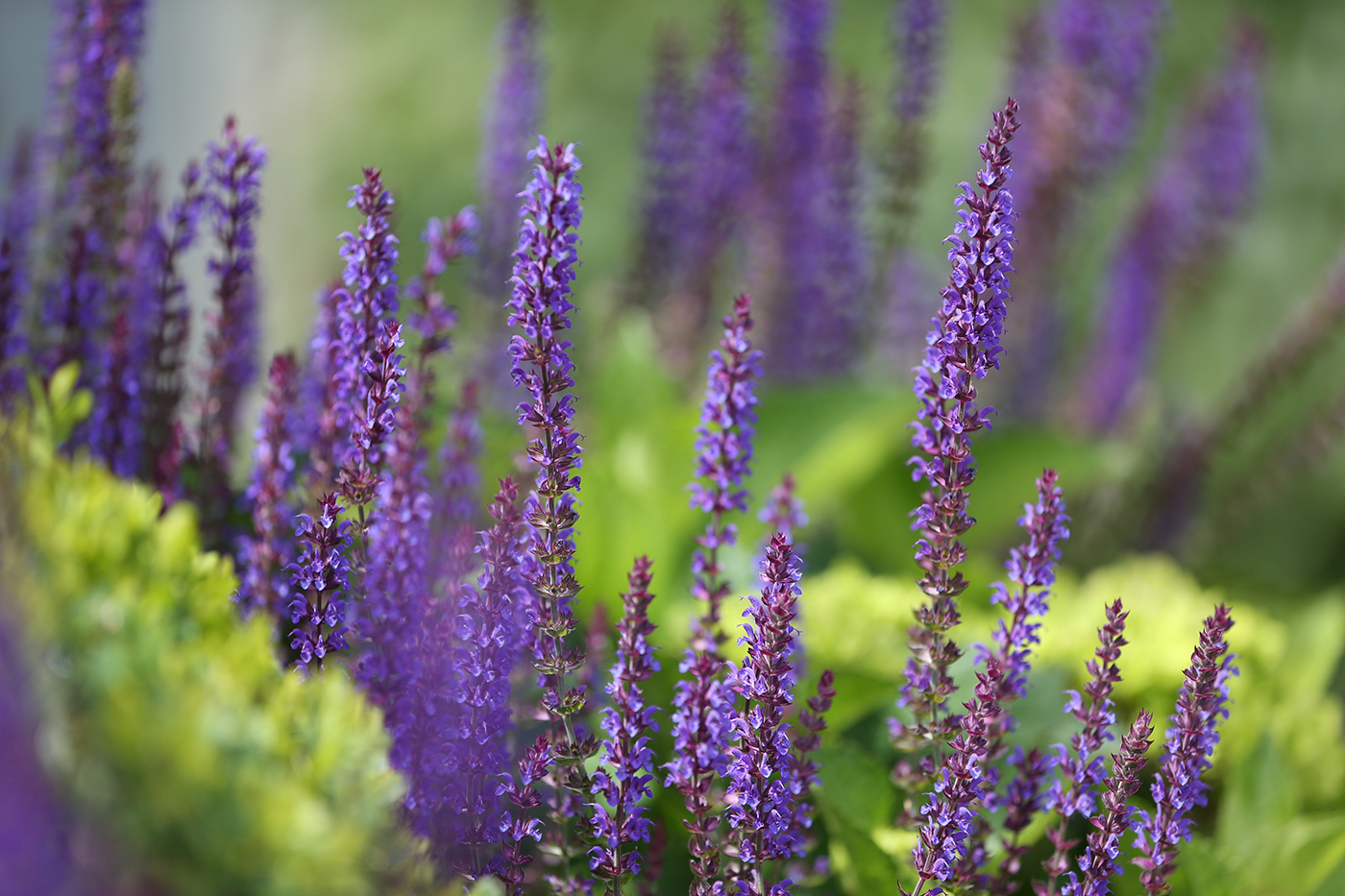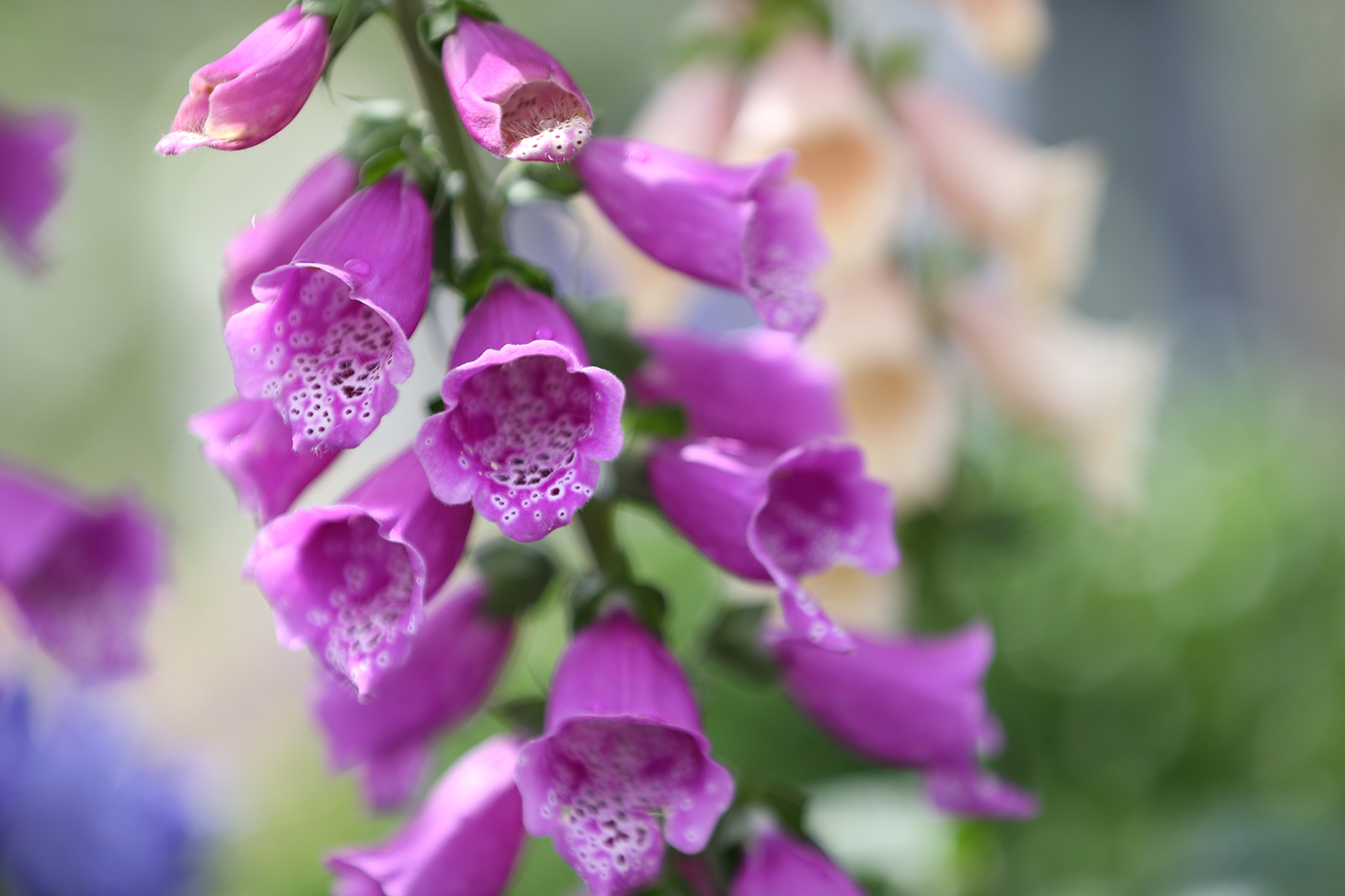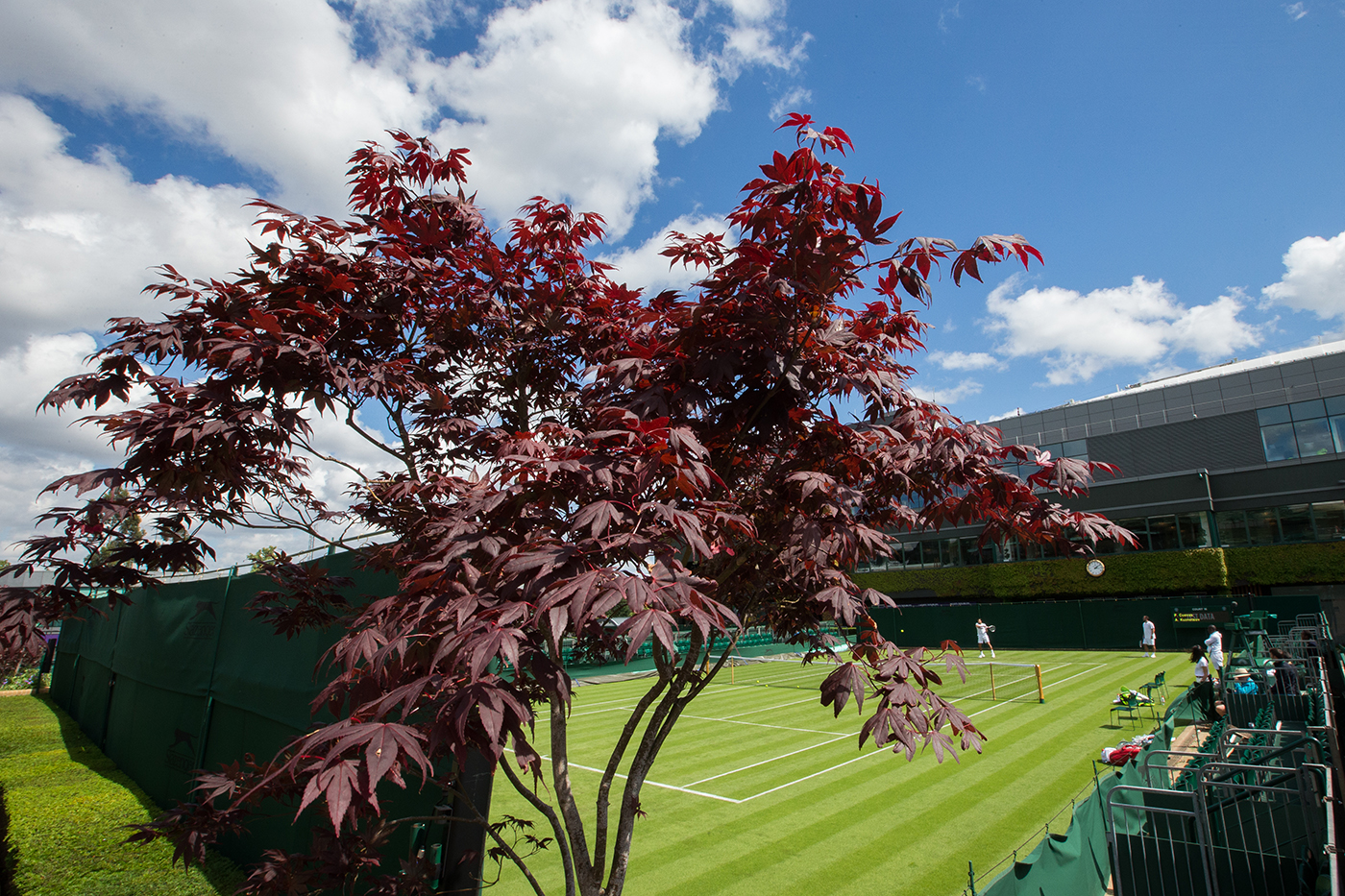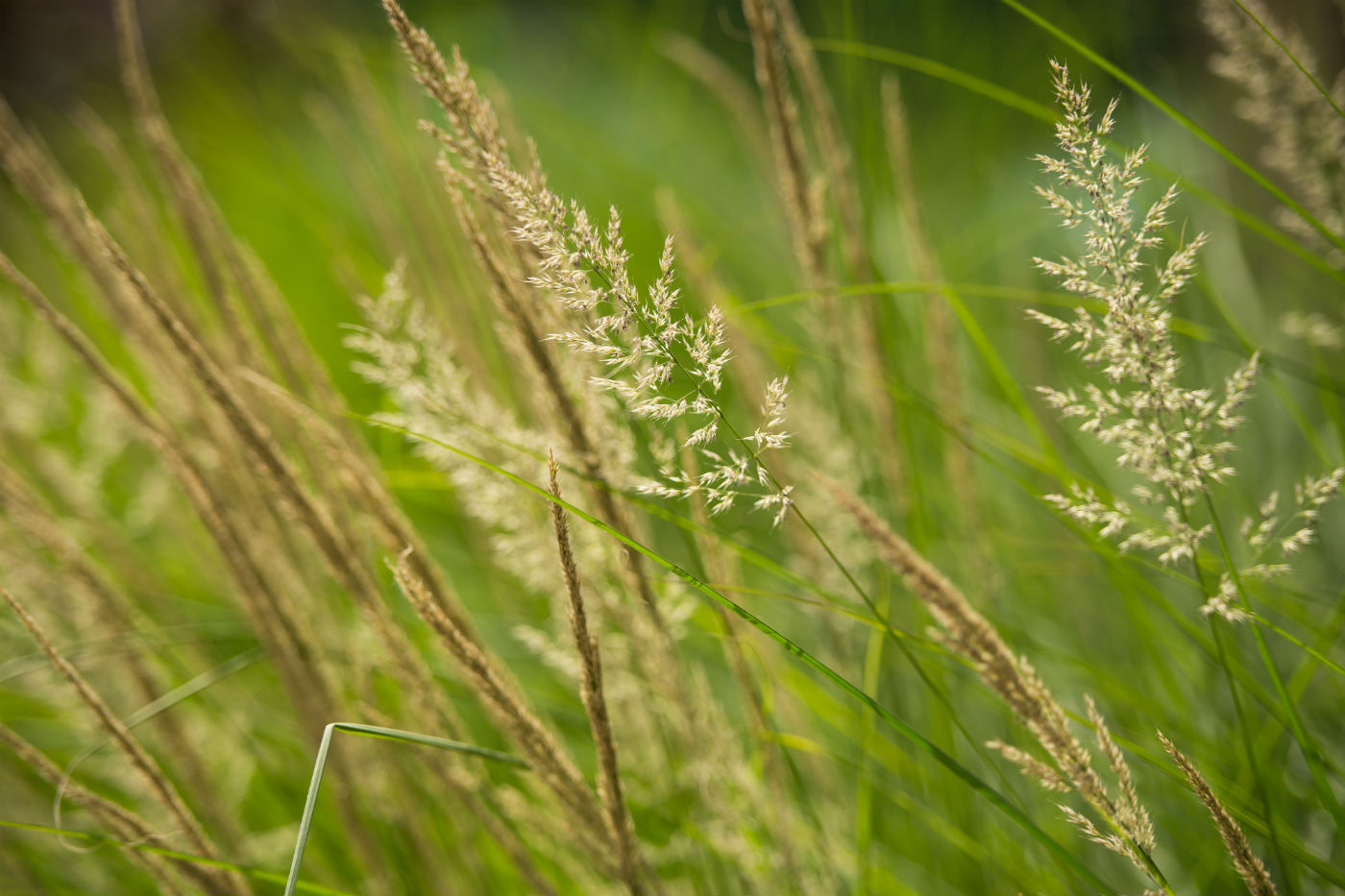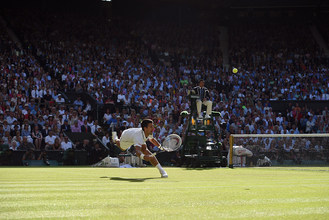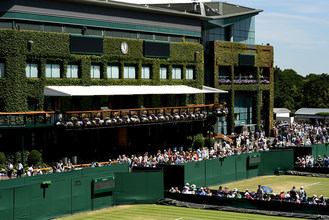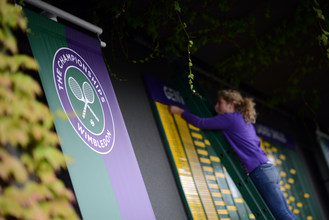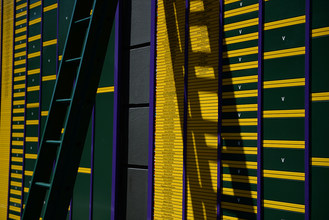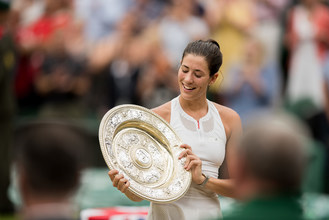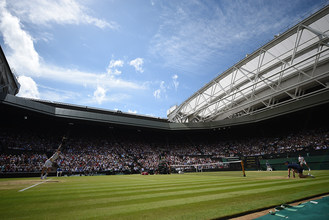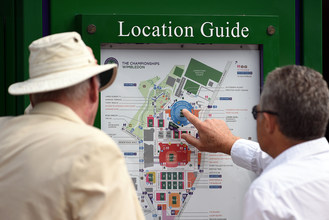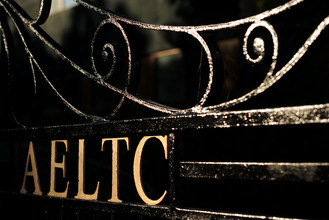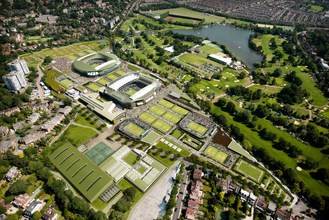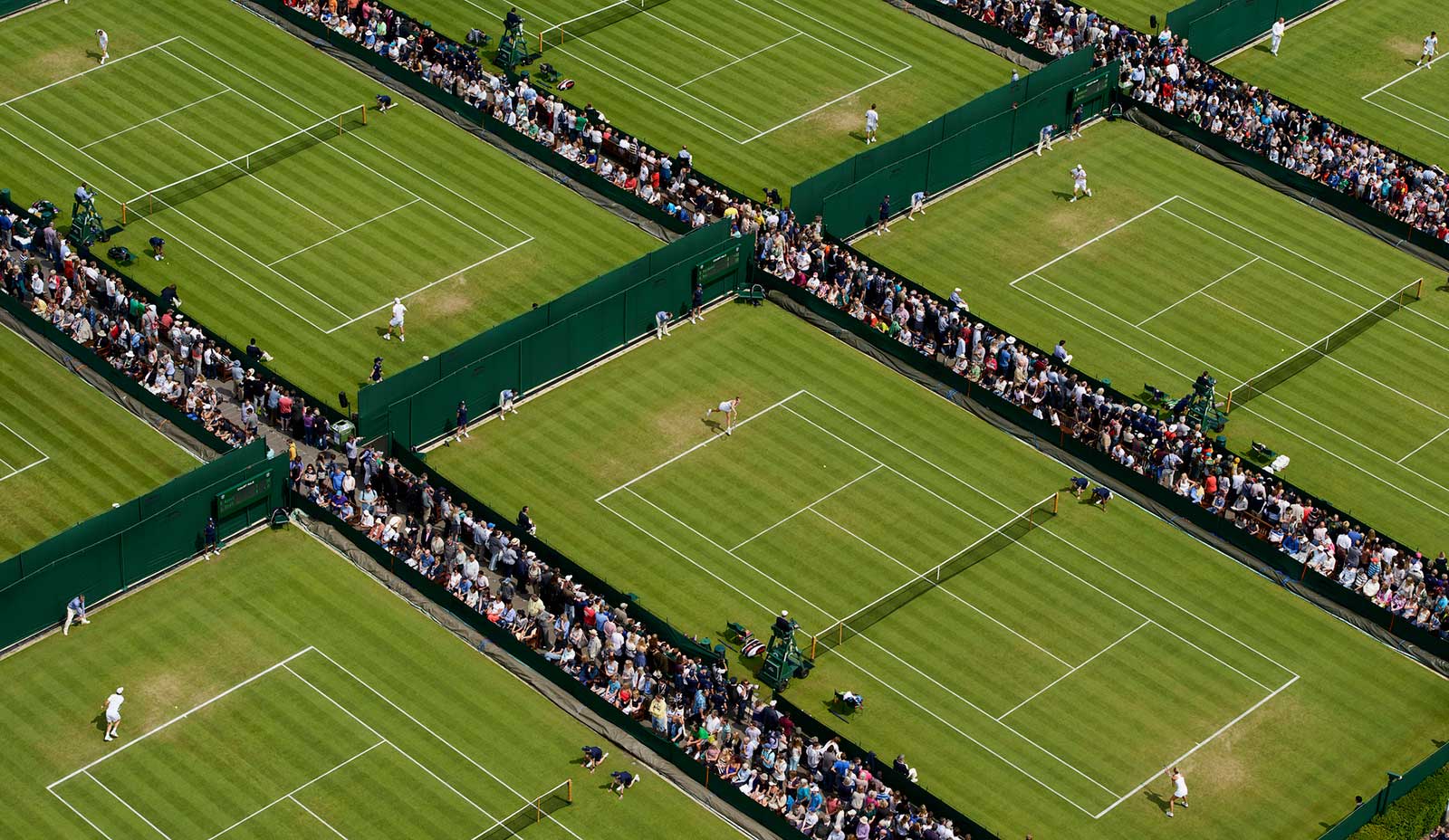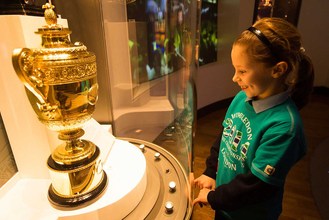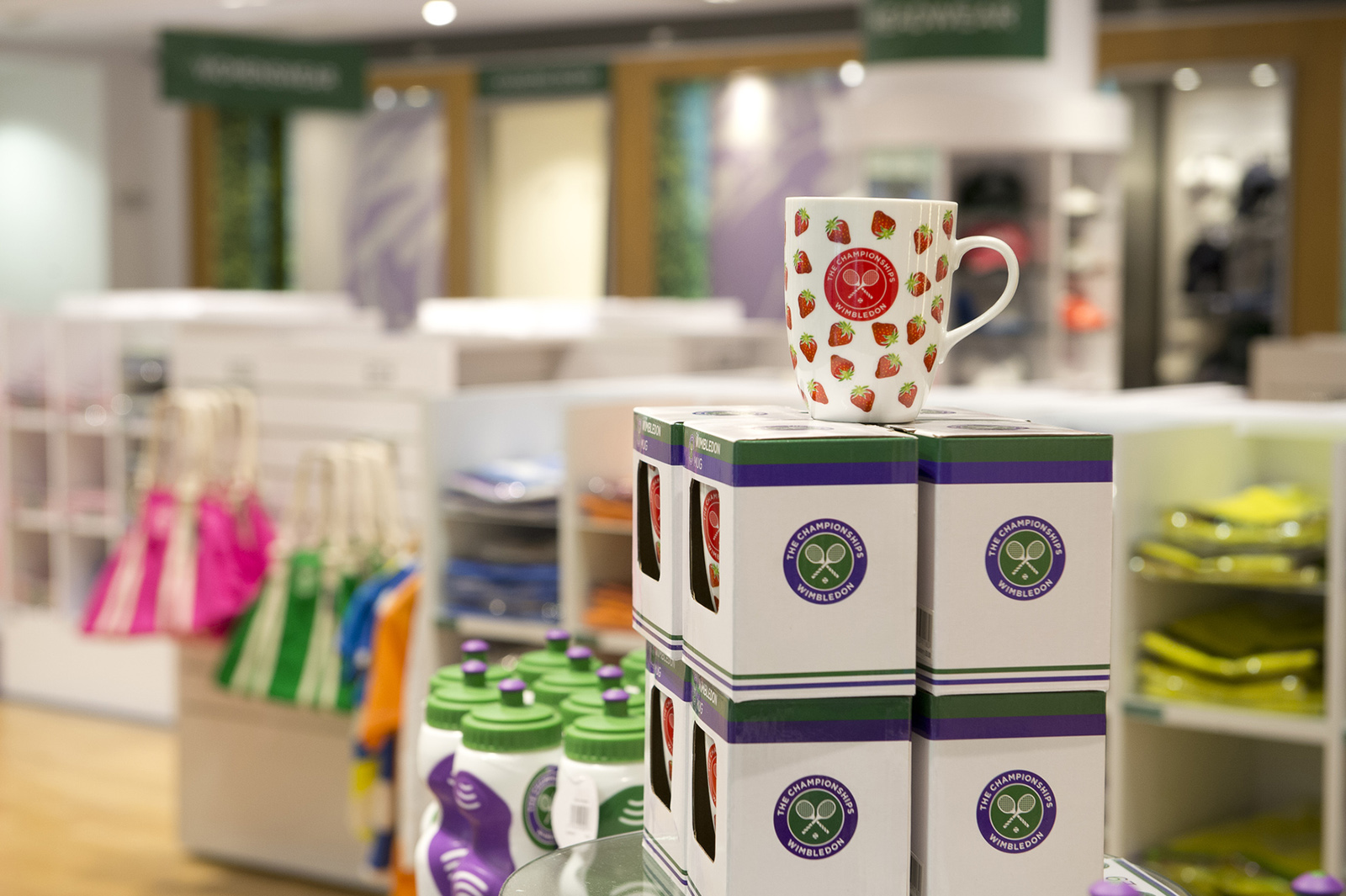Martyn Falconer, the AELTC head gardener, knows all about seeds, blossoming talent and rampant climbers. In this series, he nominates his Flower of the Day.
If there is a plant that mirrors the feelgood factor that a day at The Championships induces, it has to be the Alchemilla Mollis. The lime-green herbaceous perennial is used in profusion in the flower beds around the Grounds. Not only does it bear sprays of tiny flowers in an uplifting colour (think Slazenger Ball lite), it forms clumps of velvety soft olive-green leaves which hold water drops that sparkle in the sun. Let’s face it, anything that glitters when rain stops play is a horticultural wonder.
Alchemilla takes its name from Arabic, meaning ‘little magical one’, because the water collected from its leaves after a morning dew is said to have healing properties. It has been hailed for its exceptional medicinal qualities by herbalists since the 16th century when it was given the name Lady’s Mantle by the 16th-century botanist Hieronymous Bock in his famous History of Plants, published in 1532. Like so many flowers in the Middle Ages, the plant was associated with the Virgin Mary.
The lobes of the leaves were said to resemble the scalloped edges of her mantle or cloak.
Alchemilla has traditionally been considered a wound herb. A concoction made from its root was commonly applied to stem bleeding and give immediate comfort to the injured.
In Scandanavia, it is hailed for its calming qualities - an extract of the leaves was regularly prescribed in cases of convulsive diseases.
An old wives’ tale suggested that the herb promotes deep sleep when placed under the pillow at night.
At Wimbledon it is Alchemilla’s natural look and aesthetic qualities that make it one of Head Gardener Martyn Falconer’s go-to plants. It fills a space well, as they say. Look out for it on the curved bed at the end of the Broadcast Centre close to Court 18 or in the landscaping between No. 1 Court and the Aorangi Park practice facilities.
Treasured by photographers for the arresting way in which it catches droplets of water within its scooped leaves, it has also inspired a permanent work of art at the All England Club. ‘Alchemilla’ is the name of the distinctive new water sculpture unveiled by H. R. H. The Duke of Kent, President of the AELTC, to mark the first day of the 2016 Championships. A table-top form made of green patinated bronze, it was designed by William Pye, an internationally renowned sculptor whose stainless steel piece ‘Zemran’ on the South Bank of London has Grade II listed status.
Pye’s brief was to create an abstract water sculpture that symbolises and celebrates tennis in an English garden setting. He duly took inspiration from sport and from the Alchemilla’s water-holding qualities. “Accuracy, precision and precariousness are all aspects of this work and they also characterise much of what we experience when playing and watching tennis,” he said.



